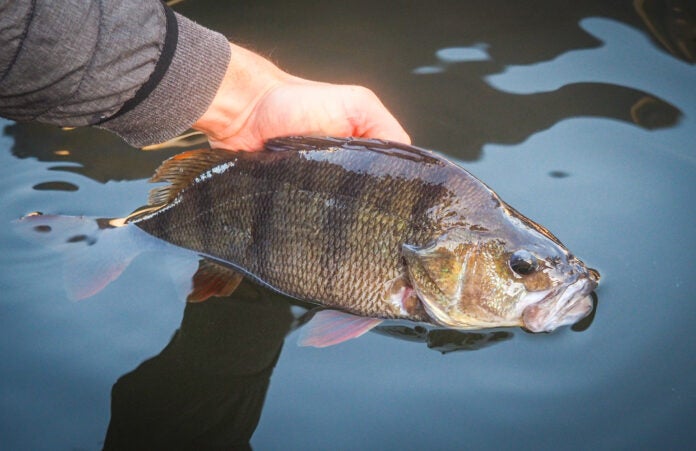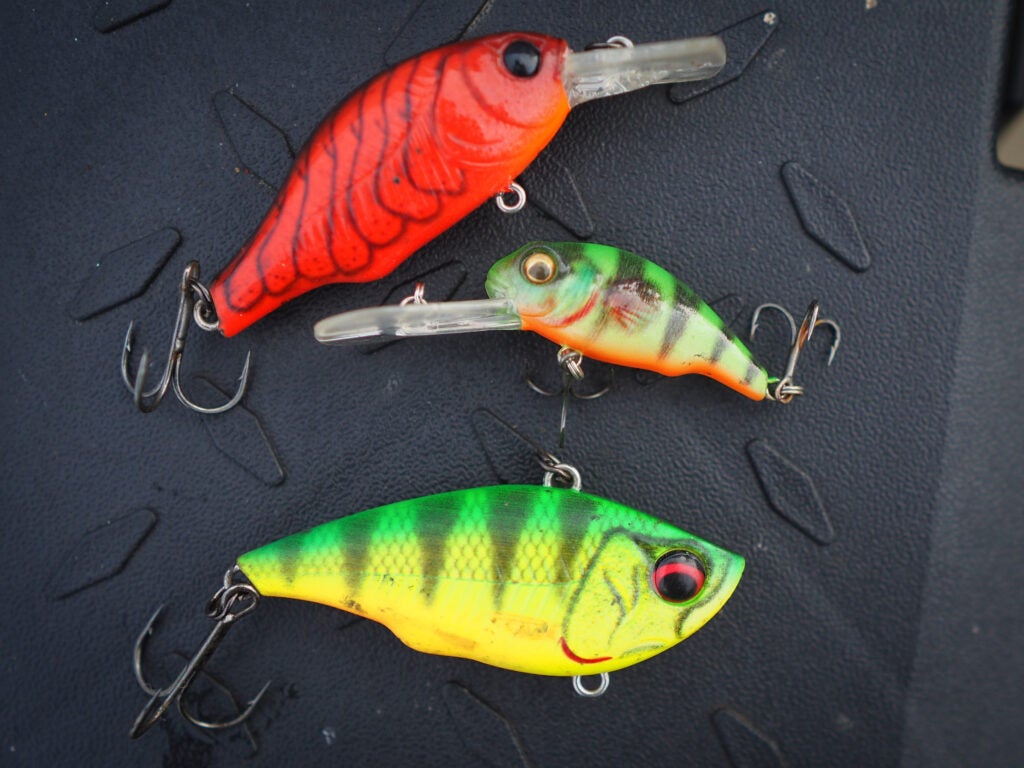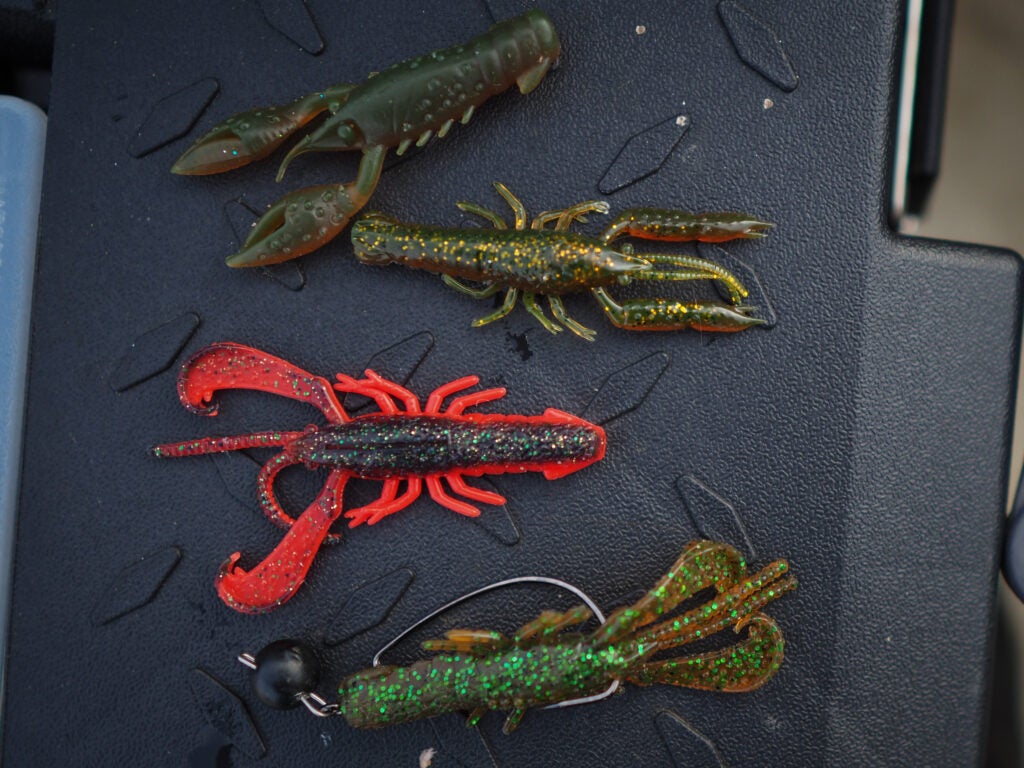Perch Fishing – Autumn Tactics to Try
Autumn has arrived, and the predator fishing has really begun to kick off.
Last week I wrote about my perch sessions accompanied by the twins and their mum. With so much to cover, I didn’t really get a chance to dive into the tactics. So this week I’m going to cover the lures we used, alternative options, and why we use them and how to retrieve them. With some captures from the week that’s just passed.
Autumn perch fishing can be challenging and fun. Cooling water temperatures trigger them to feed in short aggressive spells. While slower static tactics work, I like to have a set-up ready with faster reaction baits, waiting to capitalise on periodic moments of action when the bigger fish feed. Here are some of the tactics my friends and I have been using to tempt perch this autumn.
NED RIGGING
The ever faithful Ned rig, and associated styles, are perhaps the easiest methods to come to grips with. They work all year round through most conditions. Easy to fish and effective. A good stock of Ned baits have become a staple in most perch anglers’ armouries. Fishing them is simple, light balanced tackle paired with relatively light weights, contact is key. Fish as light a weight as you can while maintaining good feel.
If you have to fish heavy in your river, try free-running Texas and Carolina rigs. Keep the movement subtle and crisp, small hops of the rod tip with brief pauses is a great place to start. From there you can add or remove aggression, raising the height and distance of the hops, even slowing down to a drag. Many takes come on the drop or pause. How long to pause is a good question. There’s no exact science, and it varies from venue to venue with conditions etc. 1-3 seconds is a good start, but on some occasions dead-sticking the lure for 10 seconds or more will entice a take.
SHADS
Shads are not just a bottom lure for jigging, rather a tool for searching the water column. Match the speed to a fish’s mood in much the way you might fish a spinner or crankbait. I might see a shoal of roach on the surface in 12ft of water and want to run a lure slowly and consistently 9ft down, mimicking a wounded straggler.
The running depth and speed of a Shad vary, depending on the choice of jig head you pair them with. A bulky profiled 9cm Shad paired with a 3g jig head may be the perfect solution for running at a depth of 3-5ft in flow. If I want to speed up the retrieve, slow it down, fish deeper, or pause the lure, I’ll alter the jig weight. A lethal method when fish are feeding aggressively, or to search bodies of water, accounting for my own PB.
CHATTERBAITS
Finesse Chatterbaits certainly have their moments. They are quite versatile, whether used as a search bait or jigged. Productive at night, they also work in clear and murky water. I’ll often give Chatterbaits a few minutes in a quiet swim before moving on, they regularly entice a surprise. I find they come into their own in areas with a lot of baitfish.
When fish are spoilt for choice, giving them something different which appeals to multiple senses can often grab a quick bite. Straight retrieves and jigging retrieves can both work. I prefer curl tail and creaturebait trailers, although shads work too.
CRANKBAITS
One of my favourites for covering water. I’m rarely without a selection of Crankbaits. I prefer tighter-actioned fat-profile Cranks in warmer water. Experimenting with different running depths and colours is the key to making them work.
Floating and sinking Crankbaits both have their moments, although floating versions are a little more forgiving when working over snags and structure. A steady wind is perfect, adding pauses and stops once locating fish, to induce better takes.
CREATURES
Creature baits or Crayfish imitations come in many styles. But, I think they fit into two categories, with some that cross over between. There are those that are designed with minimal movement, and flat or natural appendages for slower techniques, and those with wild flapping arms and lots of movement that suit faster or steady retrieves. Both are equally effective, and don’t have to be fished in any intended way.
For slow winter fishing I prefer the first style. The rest of the time I love a Creature with lots of action. Jig, dropshot, weedless, as a trailer. Perch are hardwired to eat them. Whether out of primal instinct or curiosity, Crayfish imitations work on many venues, including those which seemingly have no crays. I enjoy fishing the flapping style on heavier weights. Moving them fast and close to the bottom with very brief pauses. The takes are often very aggressive.
There are many other styles of lure to try, but these are the ones that have been the most prolific for me so far this autumn and in the past.


















